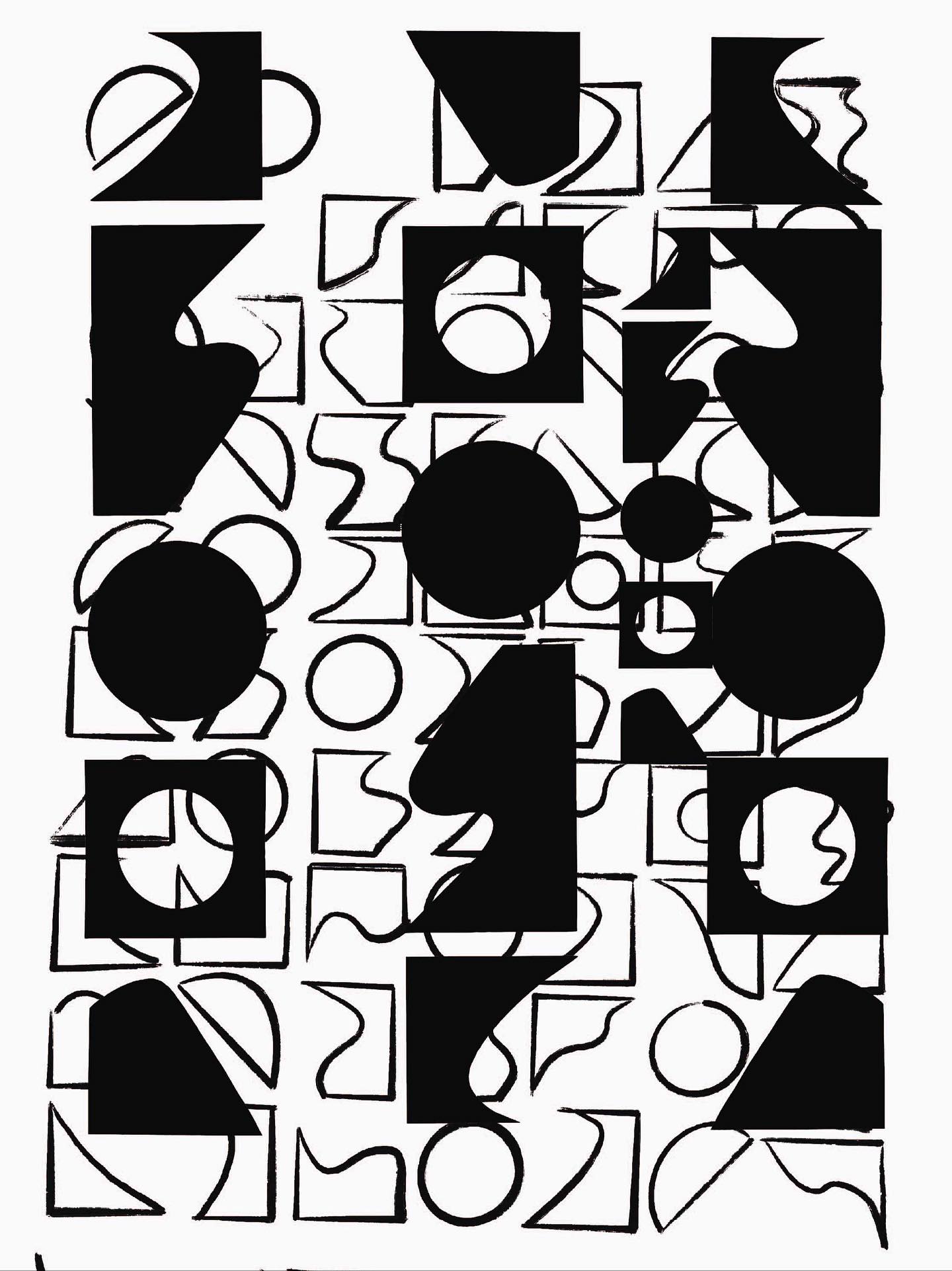Language is powerful. It shapes our culture, it shapes our perceptions. Through our words we can inform, influence, include, persuade, manipulate, hurt, or comfort others.
And language is one of the tools that we use in our process of self-identification. It helps us express what's important to us, our interests, and the cultures we connect with and value.
Like us, you've all probably seen more and more people embrace the use of gender pronouns as a way to be more inclusive of a wide spectrum of genders, to help us move past the exclusionary her/him binary.
Do you use pronouns when introducing yourself, in your Zoom bio, and e-mail signature? Do you use gender-neutral greetings like "y'all" rather than "ladies" and "guys"?
It might seem trivial, but to people who are left out of conversations and experiences because they don't fit neatly into the boxes that society has constructed for us, it's not. Our words have power. And what you do with them matters.
What is the role of pronouns in acknowledging someone's gender identity?
Using the correct pronouns for is a way to let people know that you see them, you affirm them, and you accept them. This is particularly important for trans and nonbinary people who are often targeted by discriminatory anti-trans state laws and policies and violence for their gender identity.
What's the right way to find out a person's pronouns?
Start by giving your own, for example, "My name is Jen Gurecki and my pronouns are she/her." Another easy way is to include it in your email signature, bio, Zoom name, or anywhere you share your name. By making this a normal part of how we introduce ourselves, we can can help to break down the gender binary and the often times accidental mis-identification of people.
We have to remember that sharing pronouns is something that may be easier for cisgender people because of the relative safety in them doing so. Because of violent attacks and discriminatory laws and policies, some people may not feel comfortable sharing their pronouns. This is precisely why normalizing the use of pronouns can help create safe, inclusive, and welcoming spaces for all people, regardless of the way that they express their gender.

Table of pronouns courtesy of them.
What if I make a mistake and misgender someone, or use the wrong words?
Simply apologize.
What are gender-neutral words can I use when greeting a group of people?
We can't assume the gender identity of people just because someone looks like what society tells us women look like, or what men look like. One way to create safe, welcoming, and inclusive spaces is to use gender neutral pronouns, like y'all, friends, everybody, humans, etc. Don't greet a group of people with the terms ladies or you guys.
Vocab Guide
Sex refers to a person's biological status and is typically assigned at birth, usually on the basis of external anatomy. Sex is typically categorized as male, female or intersex.
Gender is often defined as a social construct of norms, behaviors and roles that varies between societies and over time. Gender is often categorized as male, female or nonbinary.
Gender identity is one's own internal sense of self and their gender, whether that is man, woman, neither or both. Unlike gender expression, gender identity is not outwardly visible to others.
For most people, gender identity aligns with the sex assigned at birth, the American Psychological Association notes. For transgender people, gender identity differs in varying degrees from the sex assigned at birth.
Gender expression is how a person presents gender outwardly, through behavior, clothing, voice or other perceived characteristics. Society identifies these cues as masculine or feminine, although what is considered masculine or feminine changes over time and varies by culture.
Cisgender, or simply cis, is an adjective that describes a person whose gender identity aligns with the sex they were assigned at birth.
Transgender, or simply trans, is an adjective used to describe someone whose gender identity differs from the sex assigned at birth. A transgender man, for example, is someone who was listed as female at birth but whose gender identity is male.
Cisgender and transgender have their origins in Latin-derived prefixes of "cis" and "trans" — cis, meaning "on this side of" and trans, meaning "across from" or "on the other side of." Both adjectives are used to describe experiences of someone's gender identity.
Nonbinary is a term that can be used by people who do not describe themselves or their genders as fitting into the categories of man or woman. A range of terms are used to refer to these experiences; nonbinary and genderqueer are among the terms that are sometimes used.
Agender is an adjective that can describe a person who does not identify as any gender.
Gender-expansive is an adjective that can describe someone with a more flexible gender identity than might be associated with a typical gender binary.
Gender transition is a process a person may take to bring themselves and/or their bodies into alignment with their gender identity. It's not just one step. Transitioning can include any, none or all of the following: telling one's friends, family and co-workers; changing one's name and pronouns; updating legal documents; medical interventions such as hormone therapy; or surgical intervention, often called gender confirmation surgery.
Gender dysphoria refers to psychological distress that results from an incongruence between one's sex assigned at birth and one's gender identity. Not all trans people experience dysphoria, and those who do may experience it at varying levels of intensity.
Gender dysphoria is a diagnosis listed in the Diagnostic and Statistical Manual of Mental Disorders. Some argue that such a diagnosis inappropriately pathologizes gender incongruence, while others contend that a diagnosis makes it easier for transgender people to access necessary medical treatment.
Sexual orientation refers to the enduring physical, romantic and/or emotional attraction to members of the same and/or other genders, including lesbian, gay, bisexual and straight orientations.
People don't need to have had specific sexual experiences to know their own sexual orientation. They need not have had any sexual experience at all. They need not be in a relationship, dating or partnered with anyone for their sexual orientation to be validated. For example, if a bisexual woman is partnered with a man, that does not mean she is not still bisexual.
Sexual orientation is separate from gender identity. As GLAAD notes, "Transgender people may be straight, lesbian, gay, bisexual or queer. For example, a person who transitions from male to female and is attracted solely to men would typically identify as a straight woman. A person who transitions from female to male and is attracted solely to men would typically identify as a gay man."
Intersex is an umbrella term used to describe people with differences in reproductive anatomy, chromosomes or hormones that don't fit typical definitions of male and female.
Intersex can refer to a number of natural variations, some of them laid out by InterAct. Being intersex is not the same as being nonbinary or transgender, which are terms typically related to gender identity.
This guide was created by NPR with help from GLAAD. We also referenced resources from the National Center for Transgender Equality, the Trans Journalists Association, NLGJA: The Association of LGBTQ Journalists, Human Rights Campaign, InterAct and the American Psychological Association. This guide is not exhaustive, and is Western and U.S.-centric. Other cultures may use different labels and have other conceptions of gender.




